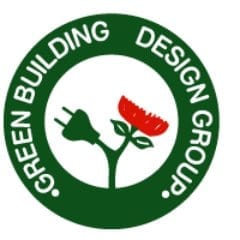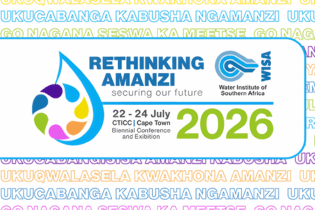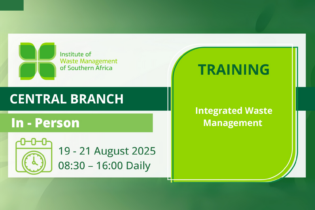 There is very little doubt that South Africa is set to become a leader in the green building movement. As a matter of fact a recent report published by World Green Building Trends indicated that South Africa has emerged as a leader in green building in 2016. This is largely through private sector led investments where the early adopters have come to terms with the economics of green design in the country’s rapidly changing energy landscape.
There is very little doubt that South Africa is set to become a leader in the green building movement. As a matter of fact a recent report published by World Green Building Trends indicated that South Africa has emerged as a leader in green building in 2016. This is largely through private sector led investments where the early adopters have come to terms with the economics of green design in the country’s rapidly changing energy landscape.
Building partnerships
Now in their 4th year, the GGCs have evolved to include the broader infrastructural portfolio that comprises educational and healthcare facilities, owing to the growing knowledge needs of the sector. The key objective of the 4th Going Green Conference (GGC2016) will be to explore solutions to optimise the effectiveness of green technologies within the public infrastructure projects. A key tenet to the GGCs is promoting technical knowledge exchange between private and public sector participants in the built environment which will hopefully assist in closing the knowledge gap that exists between these two sectors. More specifically the GGC2016 will provide a special platform to get all the key actors and create a more connected platform for all the various actors in government to engage and to recognise that public assets can be used as a test case and lead by example to the wider country objectives on these policy directives. The aim here is to get our university partners involved and identify an opportunity which speaks to all actors and start sowing the seed of systems dynamics and leveraging each actor’s mandate. The final overall deliverable is to ensure that sustainable unified programmes and opportunities are developed but ensuring that our public works departments are geared for innovation. In addition, and a first for South Africa, the GGCs also aim to promote such knowledge exchanges between the experts and university students who will be soon be entering places of work. These are typically architecture, engineering and other design career fields. More importantly it also guarantees direct knowledge exchange from the experts to the younger professionals who are actively looking for green design orientated career opportunities. Thereby, showing everyone has a role in creating a more sustainable development path for the country.Should you be interested in participating, kindly visit the Green Building Design Group’s website to view the programme. Otherwise, send them an email on ggc2016@greenbdg.org. They are also on facebook and twitter.







